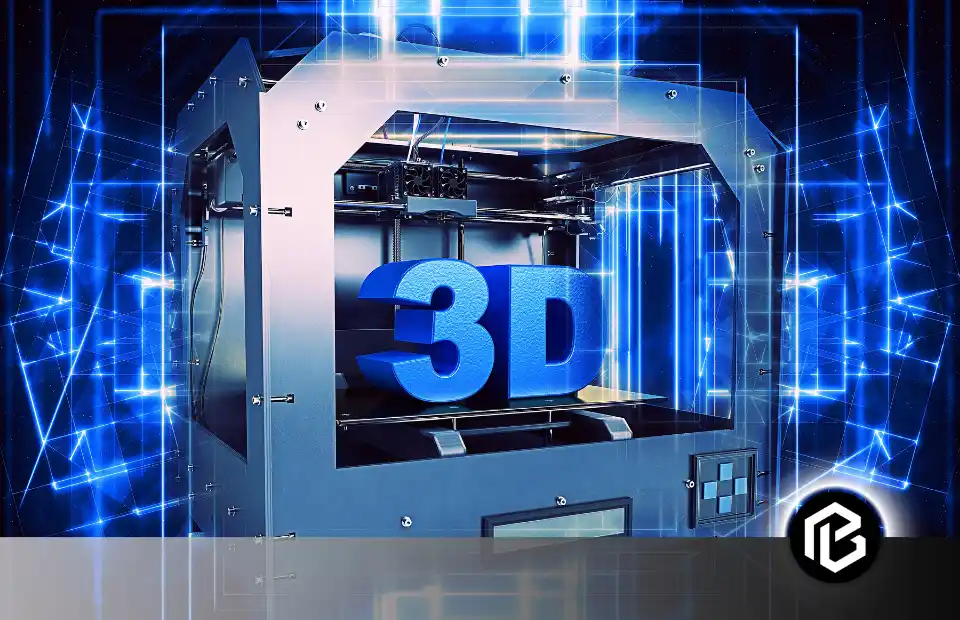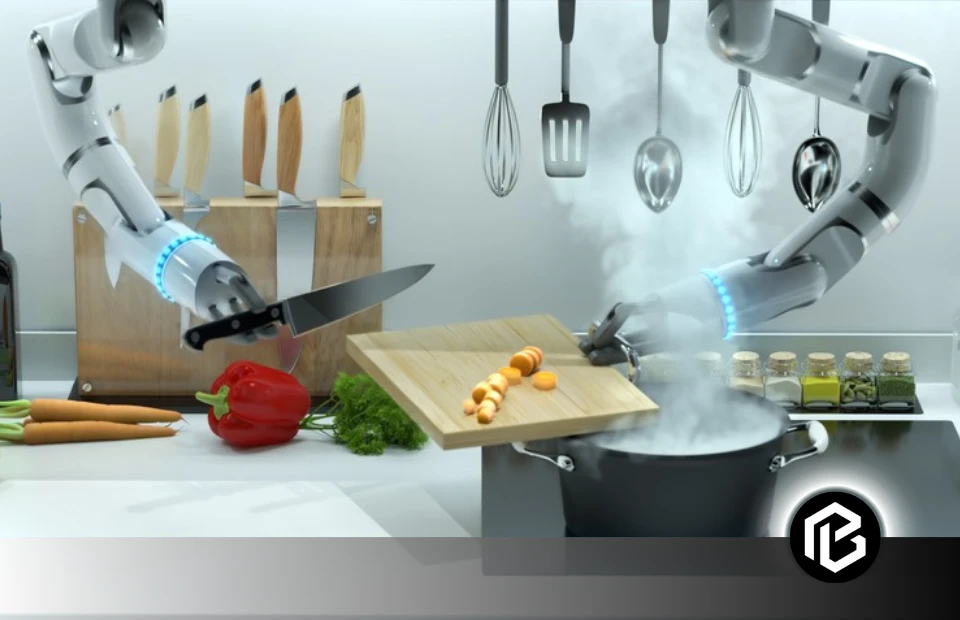"According to NASA, robots can survive in space for many years without eating, sleeping, or going to the bathroom"
Why Should Robots Go to Space Instead of Humans? Robots can be a very good fit to be sent into space instead of humans. In the modern era of artificial intelligence and robots, machines have made life more easy and efficient. Humans are always interested in finding and exploring the depths of space.
There is no doubt that robots can be a great asset in space missions. Humans are affected by extreme conditions like hot, and cold and get sick due to these conditions.
Space exploration is of great importance as it allows us to enhance and increase our knowledge about the universe and discover new and innovative resources. Robots can play an important role because they have advanced technology that allows them to collect data by performing experiments.
Why Should Robots Go to Space Instead of Humans? The major benefit is that it reduces the threats and risks that can harm humans. Thus sending the robots into space to gather valuable information can be very useful without putting the lives of humans in danger. Robots can withstand harsh conditions.
Safety and Risk Mitigation
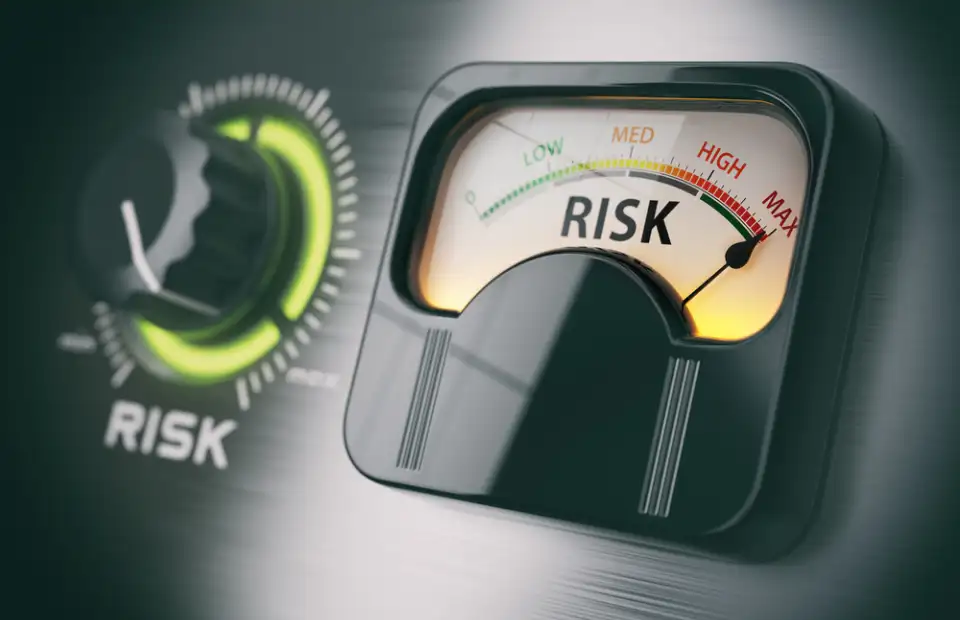
Minimized human risk
This is one of the main advantages of robots in space exploration in minimizing human risks. Robots reduce the need for human astronauts to go into space to perform experiments. Harsh environments do not affect the robots as they are capable of bearing such conditions. So, Robots go to Space Instead of Humans.
Robots can also overcome the physiological limitations from which humans are affected. Robots do not require oxygen, food, water, or the things that humans need for their survival. They do not need life support systems. This reduces the resources needed for long-time experiments.
By relying on robots, we can avoid and prevent dangerous accidents that can occur in various experiments. This protects human lives and ensures that the experiments are performed successfully.
Overall, the use of robots allows us to minimize human risk and overcome limitations by protecting against fatal accidents.
Reducing mission costs and resource requirements
By relying on robots instead of humans, we can reduce the amount of money spent on human life support systems. Robots do not need products like food, water, and oxygen, which means we can allocate resources more efficiently.
Robots also eliminate the need for things and the tools supplied on long-duration missions. Since they do not have the same physiological needs as humans, they can operate for long periods without requiring rest.

This reduces the number of supplies and resources needed for the mission. Furthermore, robots enable longer-duration missions without requirements. They can continue working without the need for human presence.
It allows us to conduct more in-depth research and exploration over very long periods. Overall, using robots in space exploration helps us minimize costs and reduce resource requirements. It’s an exciting way to explore the universe while being mindful of our resources.
Overcoming ethical concerns
One major advantage is that robots can prevent harm to humans in space environments. Sending robots instead of humans into dangerous and harsh conditions ensures that human lives are not put at risk.
This is especially important in missions where the environment is too dangerous and harmful for humans. Robots are made to make life easy for humans. Robots also eliminate the need for human sacrifice in dangerous missions. This allows us to gather valuable data and conduct research in areas that would be dangerous for humans.
Additionally, the use of robots in space exploration helps avoid conflicts. By focusing on research, we can conduct scientific research and gather information without raising concerns about conflicts over resources.
Efficiency and Enhanced Capabilities
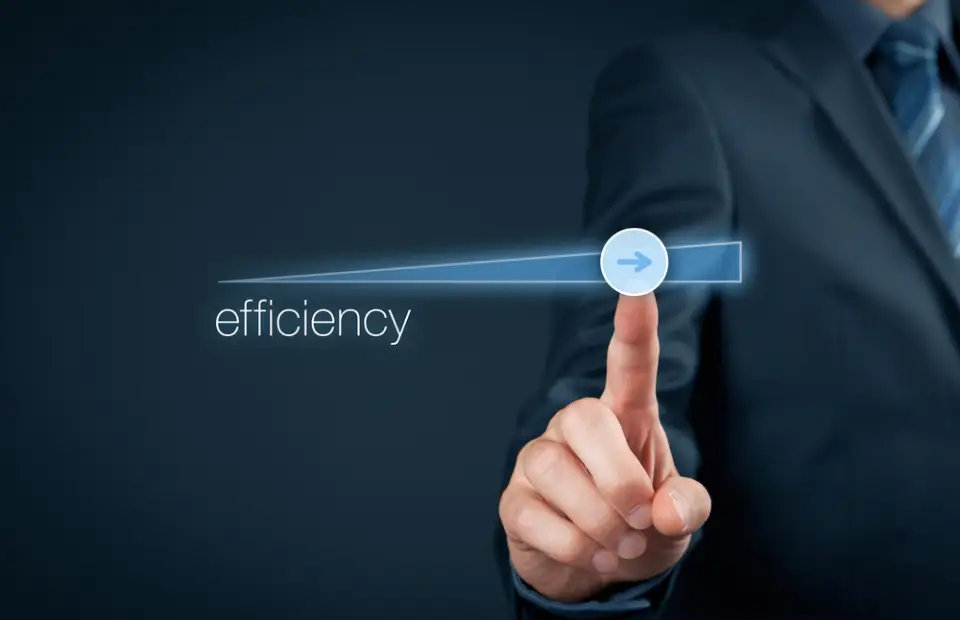
Increased endurance and productivity
Robots are not affected by sleep or fatigue. They can work without the need for rest or breaks. It allows them to maintain a high level of productivity for long periods. Robots are also designed to work continuously in harsh conditions without compromising efficiency.
This makes them ideal for missions that require long-term work.
Moreover, robots can maintain productivity in long-duration missions without the limitations that humans face. They don’t require food, water, or oxygen.
With their ability to work, in harsh conditions, robots play a crucial role in various fields. It includes space exploration, scientific research, and manufacturing. They truly are remarkable creations that help us achieve more.
Specialized skills and adaptability
Robots are designed with specific tools to perform various space tasks. It may include collecting samples, repairing equipment, or conducting experiments. One of the remarkable qualities of robots is their adaptability to rapidly changing situations and conditions.
They can quickly analyze and respond to new information. It allows them to adjust their actions accordingly. This adaptability makes them valuable assets in dynamic environments. Another advantage of robots is their programmability. They can be programmed for different missions without the need for special training. By simply updating their software, robots can acquire new skills and knowledge. It makes them a lot more valuable and capable of performing a wide range of tasks.
Enhanced exploration capabilities
The ability of robots to withstand extreme temperatures, radiation, and atmospheric conditions is very powerful. They can be designed and equipped to operate in environments that are too harsh or dangerous for humans.
Robots also have incredible manoeuvrability that allows them to navigate challenging positions and reach areas that are unreachable to humans.
Furthermore, robots play a crucial role in collecting data and samples beyond the reach of humans. They can be sent to explore distant planets or other inaccessible locations to gather valuable information. This expands our understanding of the universe and helps us make discoveries.
Scientific Advancement and Discovery
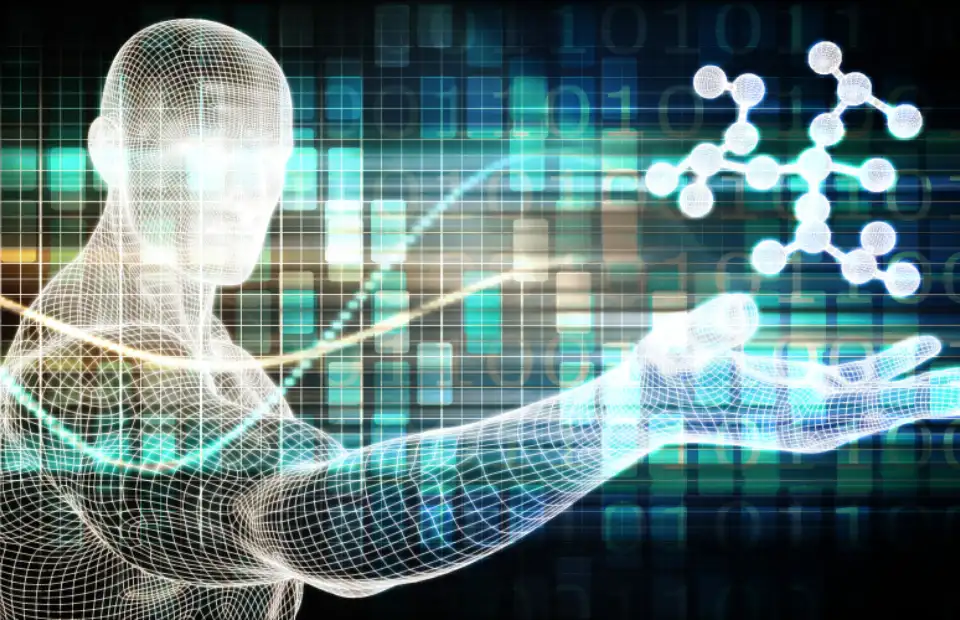
Data collection and analysis
One of the key benefits of using robots for data collection is their ability to gather valuable and precise data without human errors. Robots are equipped with sensors that can collect data with great accuracy and consistency. It eliminates the potential for human mistakes.
Additionally, robots can gather data from multiple locations simultaneously. This means they can cover more ground and collect data from different areas at the same time. It provides a broader understanding of the subject being studied.
Furthermore, advanced AI and machine learning techniques can enhance data analysis. Robots can be programmed to analyze large amounts of data quickly and efficiently. This helps researchers and scientists make discoveries.
Prolonged presence and long-term monitoring
Robots can conduct continuous and long-term observations without human limitations. Unlike humans, robots do not require breaks or rest. It allows them to monitor and observe for long periods without interruption.
Robots can be deployed to monitor astronomical phenomena or climate changes over extended periods. They can capture data and images of celestial bodies and monitor changes in weather patterns or environmental conditions. This long-term monitoring helps scientists gain a deeper understanding of these phenomena.
Furthermore, robots are very best at capturing real-time data, providing valuable insights into various scientific fields. They can collect data continuously and transmit it in real-time. It allows researchers to analyze and interpret the data as it happens.
Exploration of high-risk environments
One of the key advantages of using robots in highly risky situations is that they can move into extreme environments, without putting human lives at risk. They can withstand extreme temperatures, radiation, or harsh conditions.
By sending robots on these missions, we can mitigate the risks associated with these situations. Robots can be designed to withstand the specific challenges of these environments and equipped with specialized sensors to gather valuable data. This allows us to gather knowledge about these environments.
Exploring high-risk environments with robots is not only safer but It also opens up new sources for scientific discovery.
Outreach, Education, and Public Engagement

Inspiring a new generation of scientists and engineers
Robots can truly capture the imagination and interest of people of all ages. Robots bring the wonders of the universe closer to us.
Moreover, the best answer to Why Should Robots Go to Space Instead of Humans? is robots play a crucial role in educating people and raising awareness about the marvels of the universe. They can be used as educational tools in schools. These can also allow students and visitors to perform hands-on experiences and learn about space exploration. They encourage young minds to dream big, ask questions, and pursue careers in space fields.
Conclusion
In conclusion, Why Should Robots go to Space Instead of Humans? while human space exploration is significant, there are several compelling reasons why robots should be at the forefront of space exploration. They offer safety benefits, efficiency, enhanced capabilities, scientific advancements, and the ability to engage and inspire the public. Robots are the ideal pioneers for venturing into the cosmos, pushing the boundaries of knowledge and paving the way for human presence in the future.
Frequently Asked Questions on Robots and Space
Will human astronauts become obsolete with the rise of robots in space?
While robots offer unique advantages in space exploration, human astronauts are essential for certain missions that require complex decision-making, adaptability, and personal experiences.
What are the challenges in developing robots for space exploration?
Challenges include designing robots that withstand extreme conditions, developing advanced artificial intelligence, and ensuring reliable communication with robots operating in deep space.
How do robots contribute to scientific discoveries in space?
Robots gather significant data from various locations, conduct prolonged observations, and explore high-risk environments, contributing to our understanding of the universe and its mysteries.



